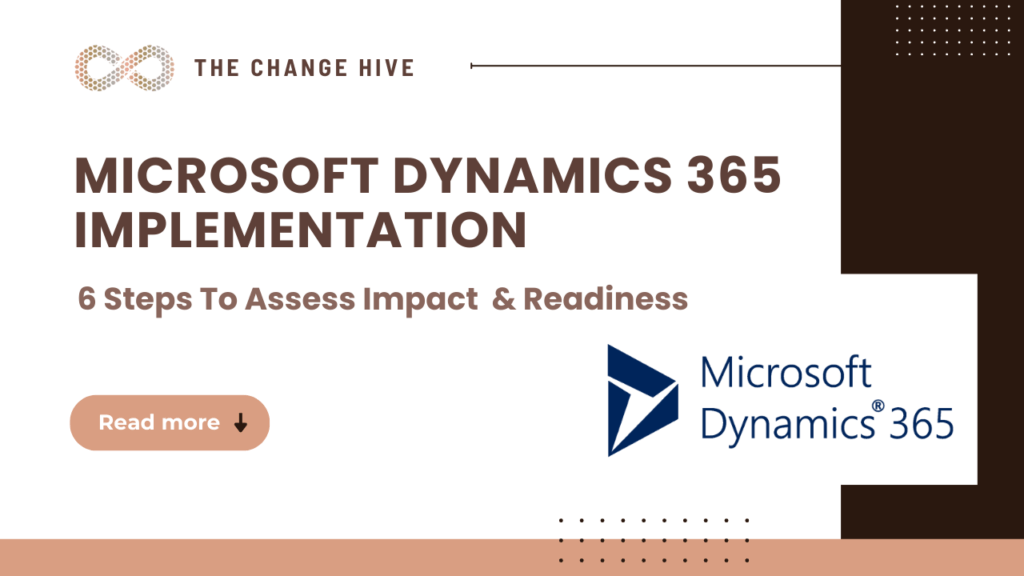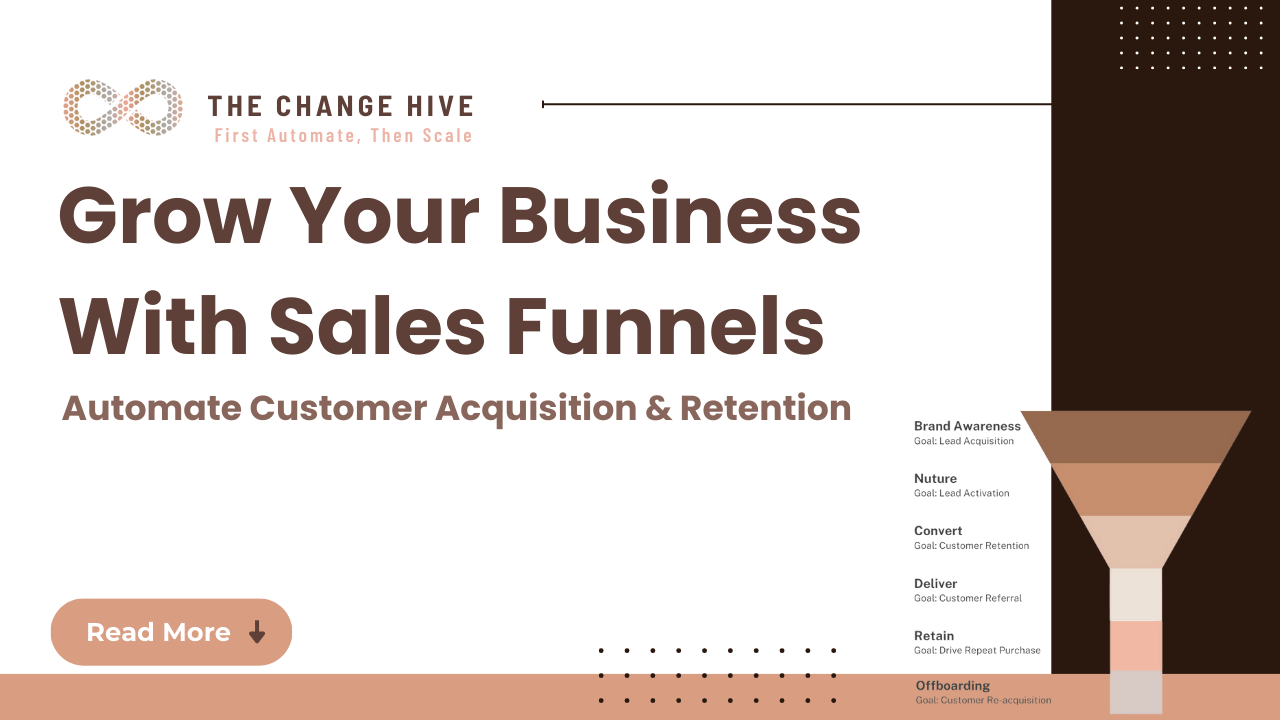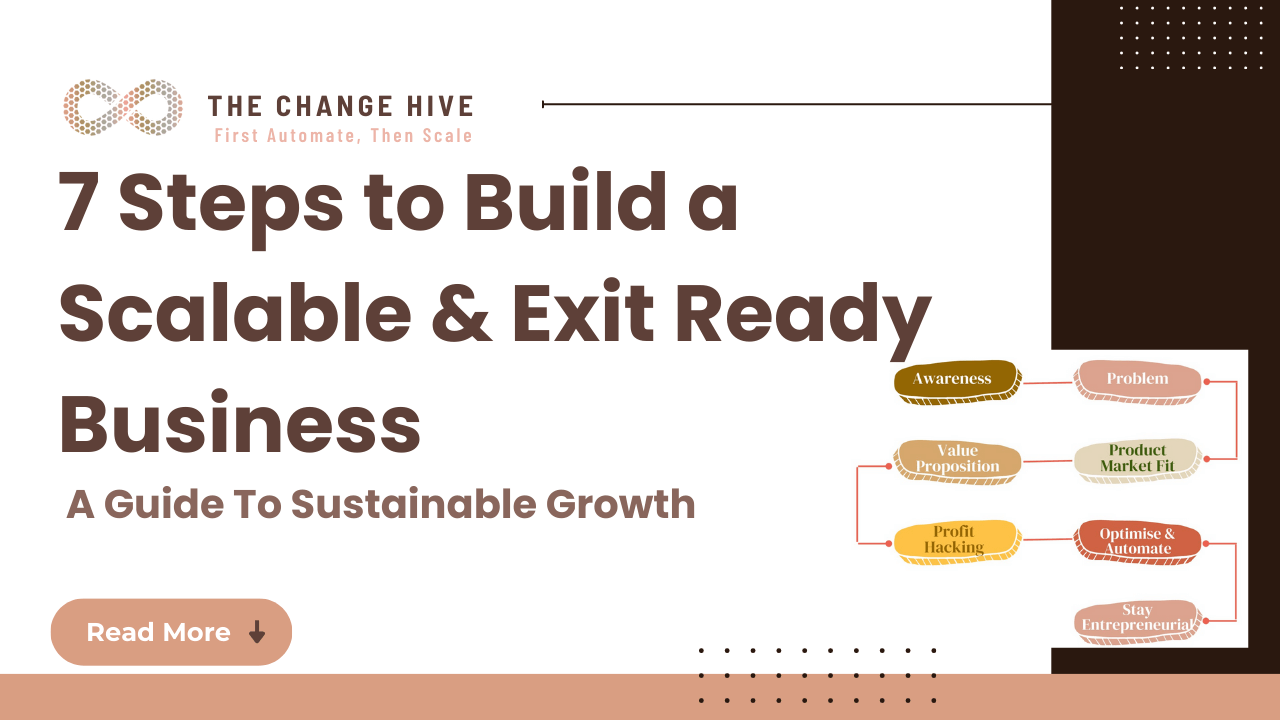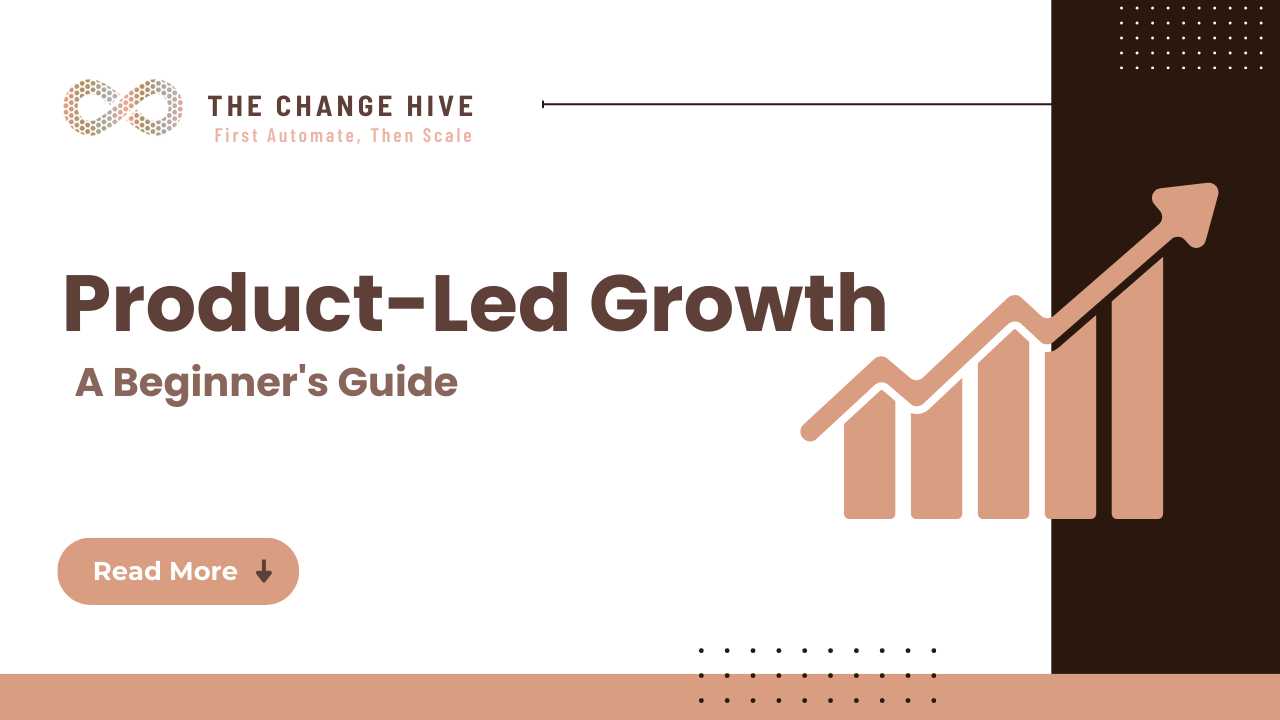Recently, we helped a mid-sized business prepare for the implementation of Microsoft Dynamics 365 (D365) Customer Engagement CE.
Microsoft D365 CE is a cloud-based CRM that helps better manage business relationships with clients, prospects, and employees–covering all department levels. It integrates well into other Microsoft applications and has the Microsoft interface look and feel.
The project was a readiness assessment – to determine the impact of deploying D365, the resources required and develop a high-level implementation plan.
As a result of the project, our client’s employees were better prepared and trained to guide the work of the system integration or software implementation partner.
Rather than blindly outsourcing the project without being able to control it.
The project took 6 weeks to complete.
Here are the 6 steps or workstreams we deployed to complete the project.
Step 1: Strategic & Executive Alignment
Goal: Engage the senior executive team and create ownership.
How: Executive Workshops on CRM Implementations Lessons and Best Practices, OKR (Objectives and Key Results) Definition Workshop, and meetings with the senior executive for each functional area to understand high-level Impact & potential sources of resistance.
Key Output: Clearly defined Objectives and Key Results (OKR) & Engaged Business-Side Executive Sponsor.
Step 2: Operational Readiness
Goal: Gain clarity on the current operational process. In light of the OKR defined (in Step 1 above), identify process gaps and optimisation opportunities.
How: Create a current business process ‘flowchart’ and review the current process to identify gaps and optimisation opportunities.
Key Output: Current state (as-is) business process and Target state (to-be) business process with key processes and auxiliary processes identified.
Note: We worked with the client to split the target state processes into two groups.
Group one – Processes that are integral to their business or key differentiators. For these, the software needs to be customised as possible to deliver these processes as optimally as possible.
Group two – Processes that are supporting/ auxiliary in nature. For these, the business process would be amended to fit the standard out-of-box functionality.
This step helps to ensure customisation is only done when it is critical to the business.
Otherwise, implementation and maintenance costs increase due to excessive customisation.
Step 3: Technical Readiness
Goal: Work with the system integrator to define future state architecture and data requirements.
How: Data Cleansing, Mapping & Migration Plan, Technical Architecture and Integration Plan.
Key Output: High-Level System Architecture and data migration strategy.
Step 4: People Readiness
Goal: Help employees prepare for upcoming changes – Identify skills gaps and potential organisational structure changes.
How: Operational Skills Gap Analysis & Training, Change Readiness & Capacity Assessment, New Organisation Role Design & Implementation.
Key Output: Key stakeholders with any skill gaps identified and High-level future-state organisational design.
Step 5: Contract Review & Risk Assessment
Goal: Work with Legal to review contracts with the software vendors and system integrators to identify potential risks and plan mitigations.
How: Software contract review to ensure coverage for data security, privacy, up-time guarantee, backups etc.
Review of the system integrator’s contract to be clear on what tasks would be covered and what our client needs to do e.g. most system integrators would migrate data to the new platform but expect the client to clean and map the data fields from the old system to the new system first.
Key Output: Contract Addendums and Risk Register.
Step 6: Project Governance
Goal: Define the execution approach including resourcing, communication and risk management.
How: Create Project Charter & High-Level Project Plan, Schedule Project Governance Meetings, Define Communication/ Status Update Plans, and Build Out Project Team.
Key Output: Project charter and high-level project plan/ roadmap.
This work helped our client’s employees build in-house, essential, background knowledge and capacity – so that the client is not solely dependent on what their implementation partner or system integrator tells them.
This approach augments Microsoft’s Sure Step or Success by Design methodology by including factors like strategic alignment, contract review, risk management and organisational change management.
Do you need help completing a similar project? Are you ready to leverage the potential of Microsoft Dynamics 365? Send me a DM.
#d365 #changemanagement #microsoftdynamics365 #crm #businesscentral #d365ce #projectmanagement







